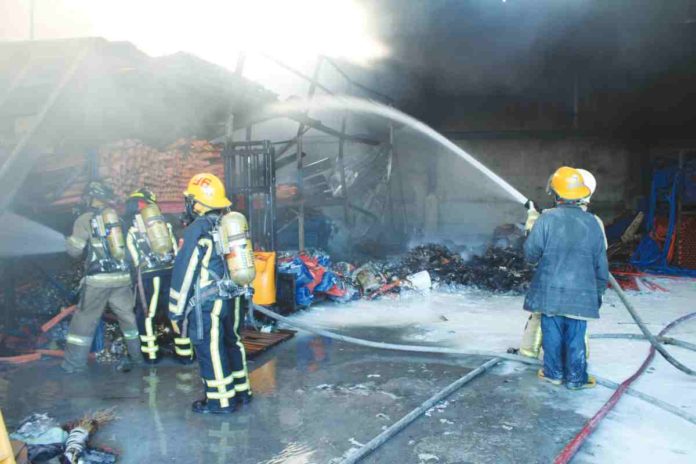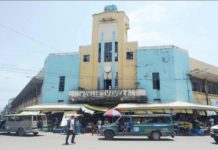
ILOILO City – On social media, netizens have raised concern about a potential heat wave hitting the country, specifically Western Visayas. However, the Philippine Atmospheric, Geophysical and Astronomical Services Administration (PAGASA) in Iloilo has dismissed these fears.
The likelihood of a heat wave is very low as temperatures remain within the maximum normal range for the region, according to PAGASA.
A heat wave is defined by the World Meteorological Organization (WMO) as a period where the daily maximum temperature exceeds the normal maximum temperature by five degrees Celsius for more than five consecutive days.
PAGASA Iloilo’s Engineer Ferdinand Rubin Jr. said the maximum normal temperature for March was 32.3 degrees Celsius, and for April, 33.8 degrees Celsius. For a heat wave to be declared, the region would need to experience a daily maximum temperature of 38.8 degrees Celsius or higher for five consecutive days or more.
Although there have been days where the temperature exceeded the normal by three to four degrees Celsius, these did not persist for five consecutive days.
Rubin explained that factors such as the El Niño phenomenon, easterlies (warm trade winds from the Pacific), and high-pressure areas, especially in urban settings with numerous buildings that obstruct air flow, could trigger a heat wave.
The discussion about a potential heat wave may have also stemmed from the high heat index levels felt in the region. The heat index measures discomfort due to the combined effects of temperature and humidity. Rubin emphasized that heat waves are based on temperature measurements, not the heat index, and are more common in countries like India.
Despite the current El Niño phase weakening, warmer temperatures are expected to continue until May, influenced by the easterlies and the dry season, said Rubin.
Social media warnings have been advising the public to prepare for temperatures ranging from 40 to 50 degrees Celsius. These messages, which have spread particularly through Facebook, erroneously claim that countries like Malaysia, Indonesia, and Singapore are currently experiencing heat waves and provide medical advice on how to cope with extreme heat.
Rubin clarified that a heat index above 42 degrees Celsius is considered in the “danger category”, while a heat index between 38 and 41 degrees Celsius warrants “extreme caution”, both of which can impact human health by causing discomfort, heat stroke, heat cramps, and heat exhaustion.
PAGASA advises the public to stay cautious during peak heat hours from 10 a.m. to 3 p.m., stay hydrated, use umbrellas, wear hats, and ensure they are prepared before going outdoors./PN




